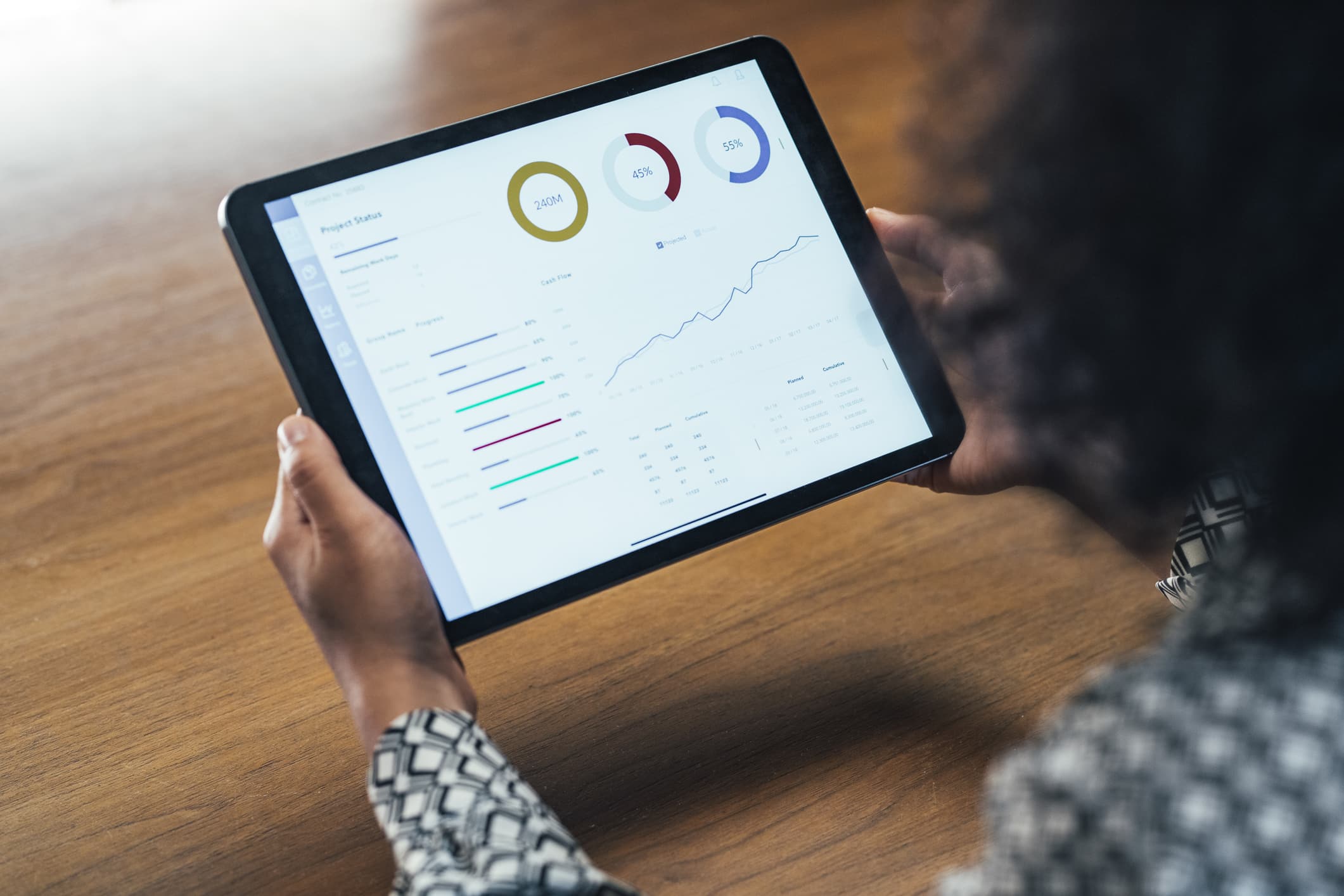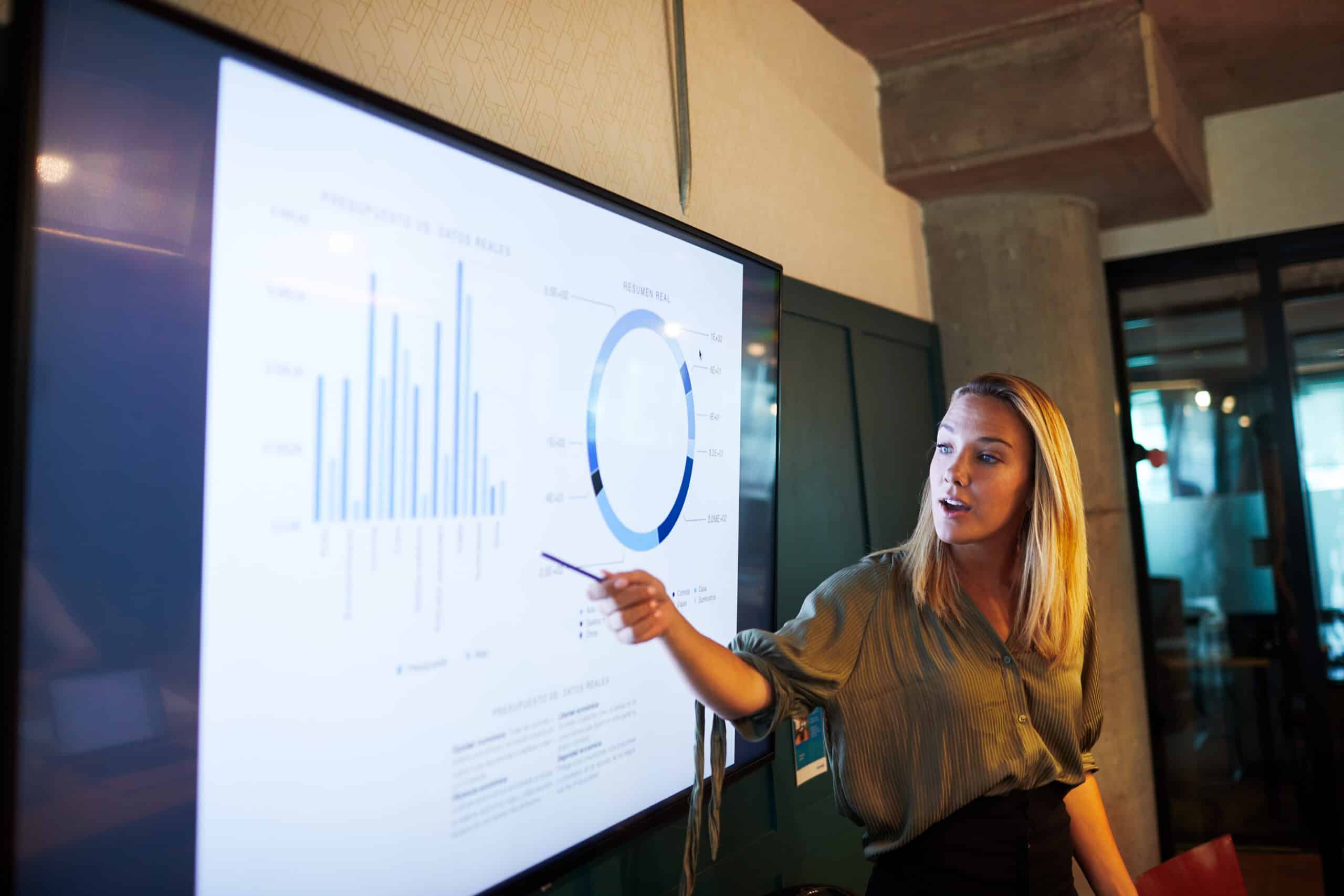Graph Databases vs. Relational Databases
Graph databases and relational databases are both used to store and manage data, but they differ in several ways:
- Data model: Relational databases use a table-based data model, where data is organized into tables with rows and columns. Graph databases use a graph-based data model, where data is represented as nodes and edges.
- Relationships: In a relational database, relationships between data are defined through foreign keys and join operations. In a graph database, relationships are represented directly as edges between nodes.
- Flexibility: Graph databases are more flexible than relational databases, allowing for the storage and management of highly interconnected and complex data. Relational databases are better suited for structured data with well-defined relationships.
- Querying: Graph databases use specialized graph query languages, such as Cypher and Gremlin, to query and manipulate data. Relational databases use SQL for querying and manipulating data.
- Performance: Graph databases are optimized for traversing relationships between nodes, making them faster than relational databases for certain types of queries, such as those involving complex joins or traversals of highly interconnected data.
Graph databases are well-suited for applications that involve complex and highly interconnected data, while relational databases are better suited for structured data with well-defined relationships.


What is a relational database?
A relational database is a type of database that uses a table-based data model to represent and store data. In a relational database, data is organized into tables, with each table consisting of rows and columns.
Each table in a relational database represents a single entity or concept, such as a customer, product, or order. The columns in the table represent the attributes or properties of the entity, while the rows represent individual instances or records of the entity.
Relationships between tables in a relational database are defined through foreign keys, which are used to link records in one table to records in another table. This allows for the storage and management of highly structured and well-defined data.
Relational databases are widely used in a variety of applications, including accounting, human resources, inventory management, and customer relationship management. They use a standardized query language called SQL (Structured Query Language) to retrieve and manipulate data.
Relational databases provide a reliable and well-established way to store and manage structured data, making them well-suited for applications that involve well-defined data structures and relationships.